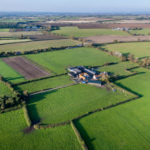More details have been announced on the Sustainable Farming Incentive (SFI); the first component of Environmental Land Management (ELM) and the one most farmers should be able enter. These details are different to the SFI Pilot for which those who expressed an interest are now drawing up an Agreement. These details are for the ‘main’ scheme which will open in spring 2022 for applications to this first phase. The scheme will then gradually expand until all elements are available from 2024/25 onwards. Between 2022 and 2024, the SFI will run alongside existing schemes (e.g. Countryside Stewardship). Farmers will be able to choose which schemes to participate in and can participate in multiple schemes if they wish, but they will not be paid twice for the same action.
SFI 2022
In this initial phase, the SFI will concentrate on soils and introduce the first element of the Animal Health and Welfare Pathway which will be available under SFI. There will just be four Standards within SFI 2022, these are:
- Arable and Horticultural Soils Standard
- Improved Grassland Soils Standard
- Moorland and Rough Grazing Standard
- Annual Health and Welfare Review
The payment rates and the standards outlined below are indicative, the final versions will be available by November 2021 following further refinements and feedback from farmers and stakeholders. The most up-to-date information can be found at; https://www.gov.uk/government/publications/agricultural-transition-plan-june-2021-progress-update
The Arable & Horticultural Soils Standard and the Improved Grassland Soils Standard – Farmers will be rewarded for management practices which improve the soil structure and soil organic matter. With the aim of promoting clean water, improving climate resilience, biodiversity and food production. There will be three ambition levels for each of the soil standards. The indicative rates are:

Moorland and Rough Grazing Standard – Farmers will be rewarded for assessing the range of habitats and features present on their moorlands. This has the aim of identifying the pressures on them and also the risks posed by wildfires. For 2022 there will only be an Introductory level; higher levels of ambitions are planned for later in the Agricultural Transition. No indicative payment rate has been announced for this Standard. The plan is for this Standard to be developed further during the summer with farmers and stakeholders. It will be finalised by November 2021 along with a payment rate. This Standard will be available to all Moorland farmers, including those already taking part in Countryside Stewardship.
Annual Health and Welfare Review – This is the initial phase of the Animal Health and Welfare Pathway. It will involve a Defra-funded yearly visit from a vet. It is initially planned to be available for three years. The review will include;
- Data collection to benchmark against the national herd/flock and to track progress on the holding
- Actions to improve biosecurity, including training, capital investment, changes to farm management practices (unclear whether this will include additional funding)
- A review of medicine usage. Including uploading medicines to an e-medicines recording hub
- Recommendations to improve health and welfare and signposts for further support to help make changes.
- Diagnostic testing for priority diseases – Bovine Viral Diarrhoea (BVD), Porcine Reproductive and Respiratory Syndrome Virus (PRRS) and for sheep, parasitic resistance to anthelmintic treatments.
Payments are expected to range from £269-£775. The main difference in the rate is due to the costs of the diagnostic tests which vary across the species.
More Standards – More Standards will be added to the SFI between 2022 and 2024. Priority will be given to those Standards which make the most significant contribution to the environment, climate and animal health & welfare outcomes and those that have multiple benefits. Consideration will also be given to how each Standard extends the opportunity to more types, location and sizes of farm. The Standards which are currently under consideration are;
| · agroforestry standard | · farm woodland standard |
| · hedgerows standard | · dry stone walls standard |
| · arable and horticulture land standard | · heritage standard |
| · waterbody buffering standard | · farmyard infrastructure standard |
| · improved grassland standard | · orchards and permanent crops standard |
| · low and no input grassland standard | · peat soils standard |
All our consultants are keeping abreast of the new schemes, if you would like to discuss anything with them do not hesitate to contact a member of the team. We will continue to keep you updated as we learn more information.
